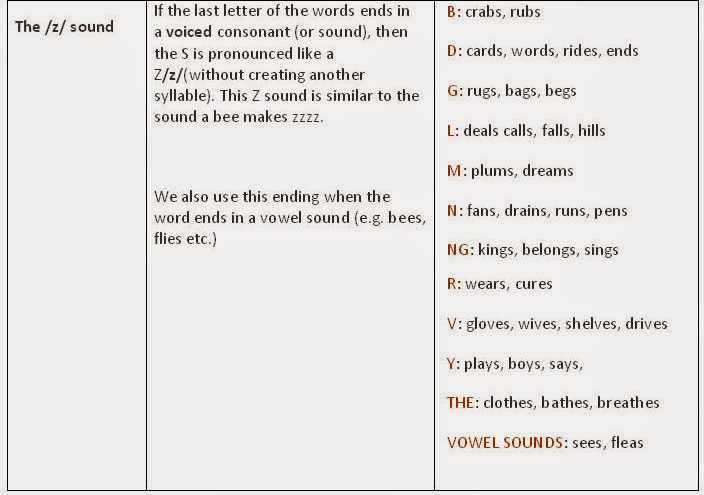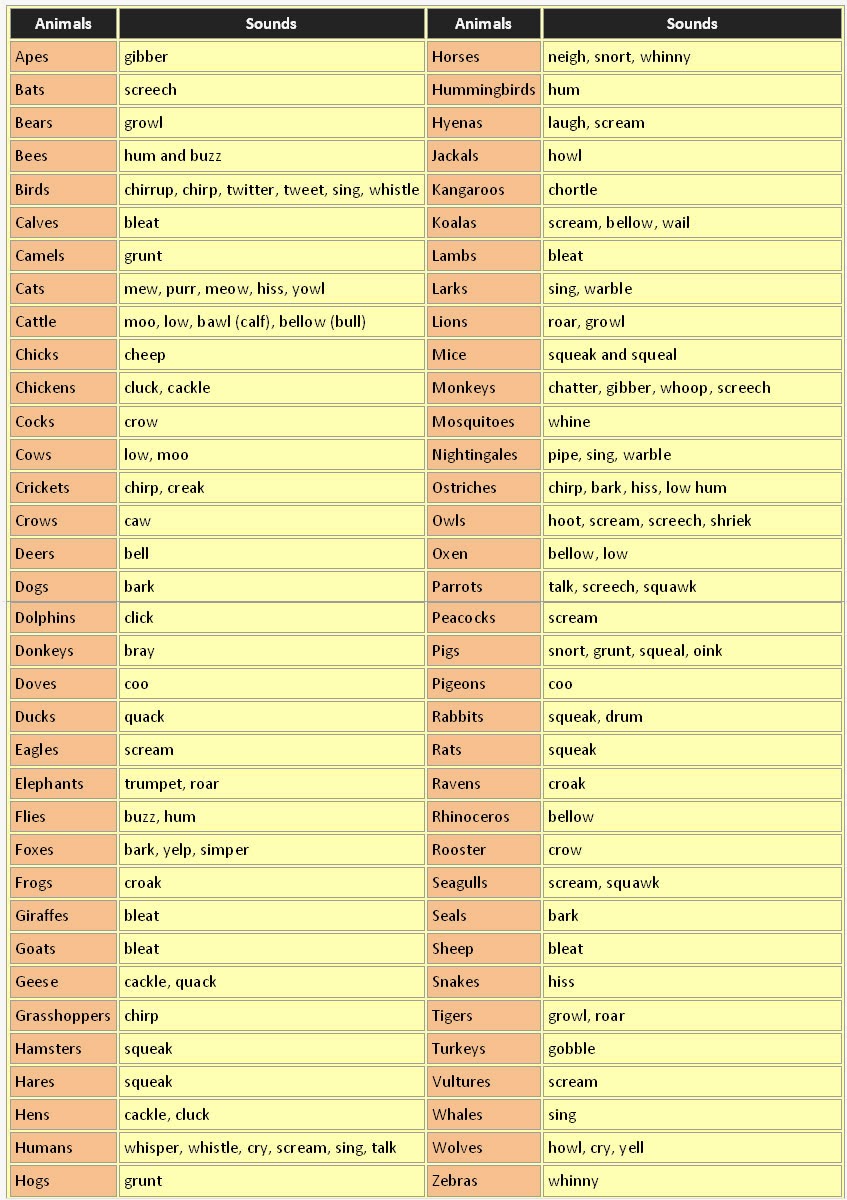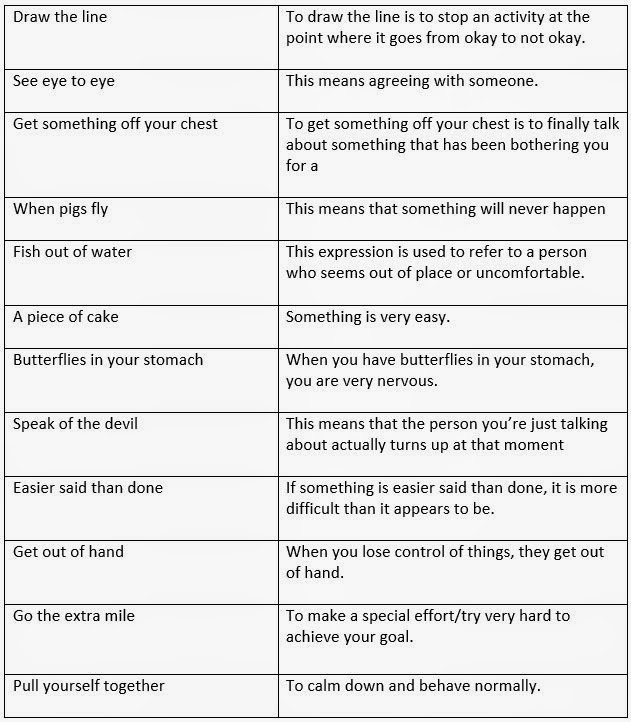The comparative essay allows a writer to compare and contrast the features of two (or more) subjects (two people, two things, two objects, two ideas, two places, two results, etc.) Once the similarities and differences between the two subjects are researched and noted, the topic almost suggests itself, and the facts are at the writer's fingertips. So the key to writing a compare and contrast essay is learning to do the research and organizing the information.
You may be asked to "discuss", by putting the case for or against something, or you may be asked to "compare" different views, events, people or things. As with other paragraphs (essays) you need to be extremely clear about the purpose of the piece. The crucial element is to answer the question in an order that makes most sense to a reader.
Although there are guidelines for constructing certain paragraph and essay types, there are no set formulas.
Steps
- Analyze the question carefully
Do your research and make sure you have a complete understanding of both things being compared. You will benefit from the research when you come to write your essay and can easily compare similar aspects.
- Write the introduction
Start with a general point which establishes the similarity between the two subjects then move to the specific (exact) focus of the essay. The reader must understand which points will be examining and which points will not be examining within the comparison. At the end of the introduction, declare your preference or describe the significance of the two subjects.
- Organize the sequence of paragraphs in the main body of your essay
Once you have defined the comparison and the basis of the argument you must determine the structure of your essay. It can be any of the following, but not a combination.
Method 1
You can discuss each half of the comparison in every paragraph. For example, begin with a paragraph comparing the two situations; each paragraph thereafter should compare a single aspect of both situations until you have completed comparing all the various points. The advantage of this structure is it continually keeps comparison in the mind of the reader, as well as forces you to pay equal attention to each side of the argument.
EG: Lemons & Apples
Para 1 Color of Lemons/Color of Apples
Para 2 Vitamins found in Lemons/Vitamins found in Apples
Para 3 Health benefits of Lemons/Health benefits of Apples
And so on
Method 2
You can alternate between the two subjects paragraph by paragraph. That is, the first
paragraph of the main body of your essay begins with one side of the argument. The
next paragraph deals with the other, and so on. You keep repeating this process
looking at another point in the comparison until you reach your conclusion. This
method allows you to discuss points in greater detail, but be sure to keep alternating
and ensure you continue discussing similar aspects of each argument.
EG: Lemons & Apples
Para 1 Color of Lemons
Para 2 Color of Apples
Para 3 Vitamins found in Lemons
Para 4 Vitamins found in Apples
Para 5 Health benefits of Lemons
Para 6 Health benefits of Apples
And so on
Method 3
In the first half of the main body of the essay, you can argue one side of the
comparison throughout as many paragraphs as you wish. When you have finished with
that side of the comparison, switch and discuss the other side of the comparison. This
method is by far the most dangerous, as your comparison can become one sided,
without giving equal time to both. The other problem with this is that you may discuss
different features in the second half than you did in the first half. If this occurs, the
comparison falls apart as you are not comparing the same features of the two
arguments.
EG: Lemons & Apples
Para 1 Color of Lemons
Para 2 Vitamins found in Lemons
Para 3 Health benefits of Lemons
Para 4 Color of Apples
Para 5 Vitamins found in Apples
Para 6 Health benefits of Apples
And so on
- Conclusion
The conclusion should give a brief, general summary of the most important
similarities and differences. It should end with a personal statement, an opinion and
the "So What" – what's important about both things being compared
It should leave the reader feeling that all the different threads of the essay have been
drawn together in a cohesive way; they have learnt something - and they must be
certain this is the end – not look around for missing pages. When you have two
radically different topics, it sometimes helps to point out one similarity they have
before concluding. (i.e "Although _______ and _________ don't seem to have
anything in common, in actuality, they both ________.)
- Revise your writing
If time is not an issue, the best way to revise your work is to leave it for a day. Go out,
have something to eat or drink, have fun……forget about the paragraph/essay until
tomorrow.
Once you settle down to revise, remember that the two most important things to do
when revising are to find problems and to fix them. These should be done separately
(i.e., go through and find all the problems you can without correcting them). Although
it is tempting to do them at the same time, it is smarter to do them one by one – this
ensures you have checked everything, and ultimately makes the job more efficient and
quicker. Sound simple? Maybe....Essential? – definitely!If possible, find a friend to
look over the essay, as he or she may find problems that you missed.
Important words:
- Similarly, like, the same as,
compared to, in the same way, likewise, similar to, equally, alike.
- But, yet, on the other hand, however,
instead, nevertheless, on the contrary, by contrast, then, rather, in spite of,
even though, though, while, whereas, by way of contrast.
Tips
• First and foremost - Make sure you have answered the question.
• The key principle to remember in a comparative paragraph or essay is that you must
clarify precisely what you are comparing and keep that comparison alive throughout
the essay.
• Make sure you have a great topic sentence. Get the reader interested; make them want
to read on.
• Make sure you do not repeat yourself.
• Ensure that all points are addressed.
Warnings
• One of the most common faults of a poor comparative essay is that the comparison is
not ‘balanced’ – that is when the essay focuses predominantly on one of the two
issues, and gives less importance to the other.
• Beware of the "Frying Pan Conclusion", in which you simply recount everything that
was said in the main body of the essay. While your conclusion should include a simple
summary of your argument, it should also emphatically state the point in a new and
convincing way, one which the reader will remember clearly.
• Avoid, at all costs, the conclusion that the two subjects are "similar, yet different."
This commonly found conclusion weakens any comparative essay.
Retrieved from:
http://www.ssag.sk/files/How-to-write-a-Comparative-essay.pdf
http://www.time4writing.com/writing-essays/comparing-contrasting/
on April 6, 2015
Provided by: Joyce Gutiérrez
Completed by: Ayleen Trujillo Ruiz
















































